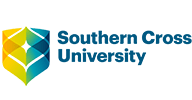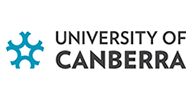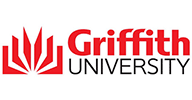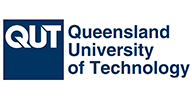|
Ipswich
|
On Campus
|
27 Jan 2026
|
10 weeks
|
Part time 3 days per week
|
-
Concession:
$535
-
Subsidised:
$925
-
Full
fee: $4,455
|
Part time 3 days per week
WHAT YOU'LL PAY
-
Concession:
$535
-
Subsidised:
$925
-
Full fee: $4,455
-
Phone, Email, Face-to-face, Zoom
|
|
Ipswich
|
On Campus
|
20 Apr 2026
|
10 weeks
|
Part time 3 days per week
|
-
Concession:
$535
-
Subsidised:
$925
-
Full
fee: $4,455
|
Part time 3 days per week
WHAT YOU'LL PAY
-
Concession:
$535
-
Subsidised:
$925
-
Full fee: $4,455
-
Phone, Email, Face-to-face, Zoom
|
|
Ipswich
|
On Campus
|
13 Jul 2026
|
10 weeks
|
Part time 3 days per week
|
-
Concession:
$535
-
Subsidised:
$925
-
Full
fee: $4,455
|
Part time 3 days per week
WHAT YOU'LL PAY
-
Concession:
$535
-
Subsidised:
$925
-
Full fee: $4,455
-
Phone, Email, Face-to-face, Zoom
|
|
Ipswich
|
On Campus
|
05 Oct 2026
|
10 weeks
|
Part time 3 days per week
|
-
Concession:
$535
-
Subsidised:
$925
-
Full
fee: $4,455
|
Part time 3 days per week
WHAT YOU'LL PAY
-
Concession:
$535
-
Subsidised:
$925
-
Full fee: $4,455
-
Phone, Email, Face-to-face, Zoom
|





